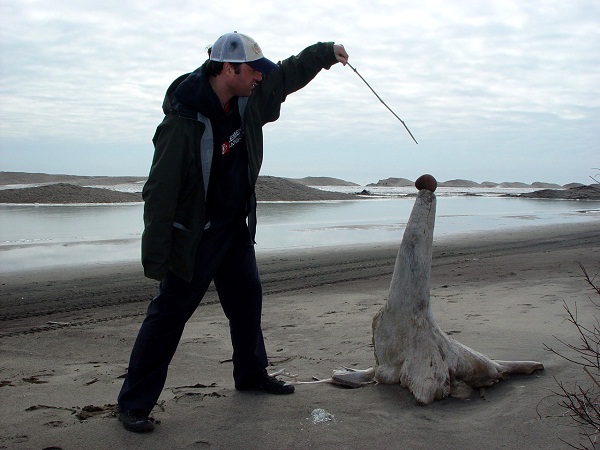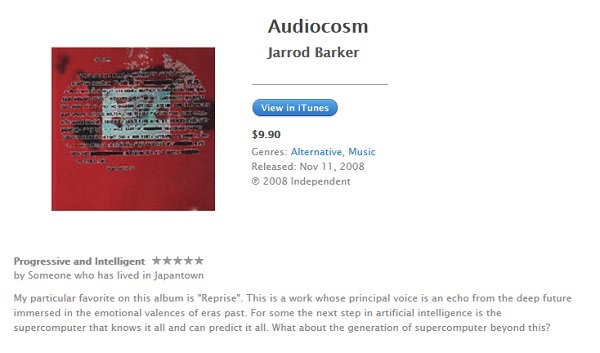Nature is born of sexuality.
Beth Stephens & Annie Sprinkle have collaborated for 17 years.
Artist Jarrod Barker, was recently invited to take part in MUCA-Roma’s Ala Afuera project. Based in the Roma district of Mexico City, MUCA is a University Museum of science and art. What made this project doubly exciting was the opportunity to show case a part of Barker’s home internationally.
The curators asked for a submission of 3 images and accompanying explanatory write-ups that “from your perspective, show a form of relationship between humans and the rest of nature.” This topic aka- Umwelt is not foreign to Barker who installed an exhibition of that name in 2010 at the Norfolk (nee Lynnwood) Arts Center in Simcoe,Ontario.

After the selection process, if successful- one of the artist submitted images and write-ups was selected for transformation into a postcard and incorporated with the other artist submissions. The goal was for the Ala Afuera team to mail out the postcards to other international Museums of art and science and Contemporary Art institutions as a connective gesture to highlight MUCA and the work of the artists involved in this project and to bring awareness to our human/nature relationships.
“The objective of the project Allá Afuera (Out There) is to gather a mosaic of images that represent
ways of understanding the relationship we humans have with the rest of nature. From bucolic or
passionate points of view to other more threatening myths and taboos, amazement, fear, the absurd,
and maybe even indifference. We do not intend to cover all possibilities, but through images as a direct
reading form, show that there are multiple ways of looking at this Bond.
Three times a year we will present a collection of postcards, with 18 images each, gathered in a
biombo format. After two years we will complete the edition of six collections, with a total of 108 ways
of understanding, 108 points of view, and 108 forms of defining our relationship with what is out there. “
Ala Afuera which translated mean’s “Out there” began mailing out the works a few weeks ago. For the Silo, Stephanie Bordega.
For more information and to request postcards please contact-
Allá Afuera (Out there) project Gonzalo Ortega and Jeronimo Hagerman
MUCA ROMA MUSEUM (University museum of science and art, Roma district, Mexico City)
allaafueramucaroma@gmail.com
